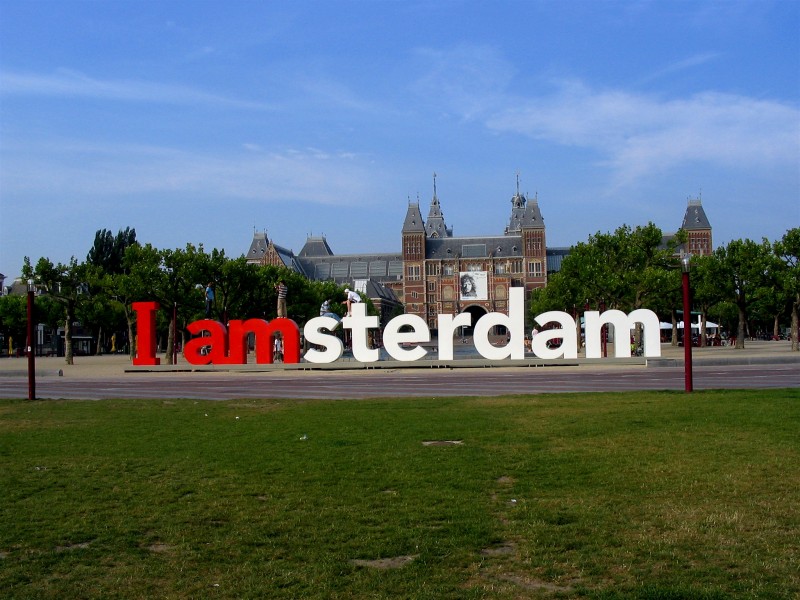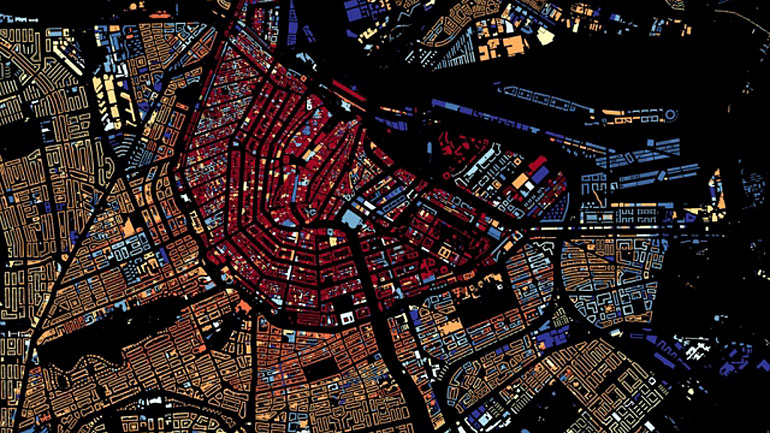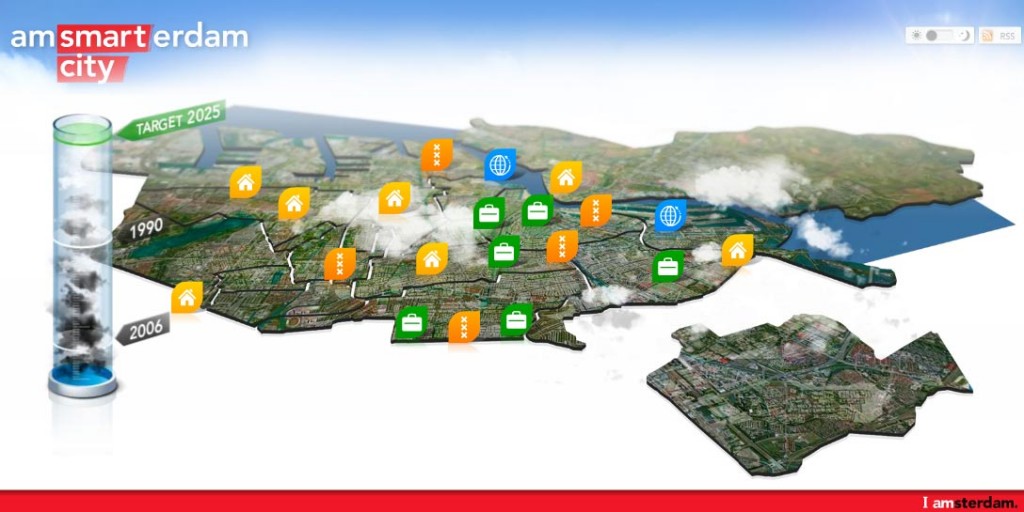Amsterdam: The Smart City
(image coutesy of: divagacoesdeumleigo.blogspot.com)
As we now enter the urban age the challenges of the city change, grwoing populations, increased CO2 emmsions and simply naviagting the city all become increasingly difficult. As you would excpect cities across the globe are looking to technologiy for the answer and this has resulted in the growth of ‘smart cities’. In 2009 Amsterdam committed to becoming a smart city. This push to become a smart city is largley based upon smart grid technologies on both macro and micro scales. Smart meters intalled into home across the city feedback to the smart grid. A trail of this feedback to the smart grid was run down Utrechtsestraat, a popular shopping street, which is now known as ‘climate street.’ By implementing smart meters and feedback tools in stores and restarunts along this street the owners are able use the feedback data and in partnership with municiple authorities to better manage energy usage.
Smart technologies in Amsterdam are also being put to use when naviagting the city. With the main emphasis of a smart city being innovation Amsterdam has developed its infastructure in a way that allows free wi-fi access across large parts of the city as well as its open newtwok plan funded by (FIND NAME OF AWARD) allowing the creation of apps and web pages that create traffic networks, cycling networks and that even allow for the discussion and sharing of ideas between businesses, municiple authorities and the public. By connecting all these sectors and sharing live data navigating the city become much easier as live traffic updates, average travel times for all modes of trasnport, avalibility of parking for both bikes and cars as well as live bus/tram times all means users can choose the fastest mode of trasnport usually leading them to oublic trasnport or cycling resulting in reduced CO2 by way of car usage.
(image coutesy of: amsterdamsmartcity.com)
As with any city as the number of people increase the green space usually declines. Many cities, Amsterdam included, have taken to methods such as green roofing, vertical farming and urban planting in attempted to replace green space lost. Urban and espcially vertial farming is a growing part of many smart cities and there are increasingly innovative ways. For example
Cycling
(Image courtesy of: brokelyn.com)
Looking at the case of Amsterdam there are many of these smart city intiatives could be implemented in Manchester. Cycling is growing ever popular throughout Manchester so why not implement the simple but effective technologies such as improved storage facilities like those at the University of Manchester as well as more continuous cycle lanes throughout the city. With regards to the smart technologies there is the infastructure in place to kickstart the movement to becoming a smart city it just needs to be used more effectively. Simple but effective tools shuch as free wi-fi hubs across the city, would allow more innovation from all secotrs of the city
(Picture courtesy of: urenio.org)
Manchester is beginning its approach to becoming a smart city through proposed ‘smart buildings’ such as ‘The Greenhouse’
(Picture courtesy of: skift.com)




